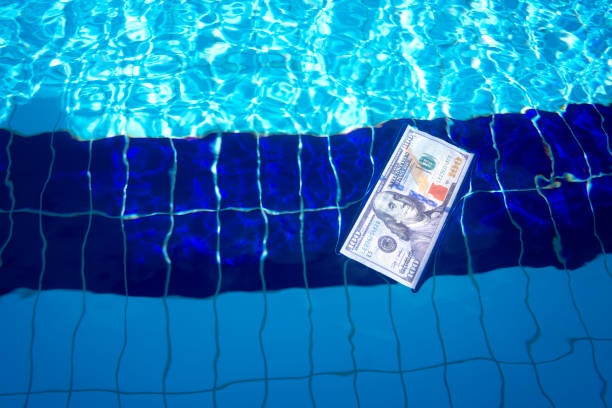When you picture a sparkling backyard pool, it’s easy to focus on the upfront price tag — the construction costs, landscaping, and perhaps a few lounge chairs. However, many homeowners are surprised to learn that the real expenses often continue long after the installation is complete. If you’re planning to finance your pool, factoring in hidden costs from the start can help you avoid financial surprises and keep your budget intact.
Maintenance and Upkeep Beyond the Basics
Even if you opt for a low-maintenance design, pools require ongoing care to remain safe and inviting. This includes regular cleaning, filter replacements, pH balancing chemicals, and seasonal servicing. While these costs may seem small individually, they can add up to hundreds or even thousands of dollars annually. If you hire a professional pool service, your monthly bill could be significant, so it’s wise to build this into your pool financing calculations.
Energy Costs for Heating and Circulation
A pool’s pump, heater, and lighting can noticeably impact your utility bills. Heated pools, especially in cooler climates, can consume a substantial amount of energy. Even energy-efficient systems require power to run daily filtration cycles, especially during peak swim season. When considering financing, it’s smart to estimate these recurring energy expenses and see if solar heating or a variable-speed pump could help lower costs over time.
Insurance Premium Increases
A backyard pool often raises your homeowner’s insurance rates due to increased liability risk. This is a cost many first-time pool owners overlook until their policy renewal arrives. Some insurers require additional coverage or higher liability limits to account for potential accidents. Before finalizing your pool financing, contact your insurance provider to get an updated quote so you can include this in your long-term budget.
Repairs and Unexpected Issues
Even the most well-constructed pools can encounter problems — leaks, cracked tiles, malfunctioning pumps, or liner replacements. These repairs can be costly, particularly if they require draining the pool or hiring specialized contractors. Setting aside a repair fund as part of your financing plan will give you peace of mind and prevent last-minute financial stress when something inevitably needs fixing.
Seasonal Closing and Opening Costs
In regions with colder winters, pools must be professionally closed in the fall and reopened in the spring. These services often involve winterizing plumbing, covering the pool, and ensuring the water chemistry is balanced. Skipping professional help can risk damage that’s far more expensive to repair. Including these seasonal service fees in your financing plan ensures they won’t catch you off guard.
Landscaping and Surrounding Upkeep
The area around your pool requires just as much attention as the water itself. Landscaping, deck maintenance, pest control, and fence repairs can all come with recurring costs. For example, chlorine and splashing water can damage surrounding plants or deck materials, leading to replacement or refinishing expenses. By accounting for these in your budget, you’ll preserve both your pool and your backyard’s aesthetic appeal.
Safety and Compliance Expenses
Depending on where you live, local building codes may require you to install specific safety measures, such as fencing, self-latching gates, or pool alarms. These features can be expensive to purchase and install, yet they are essential for preventing accidents and avoiding potential fines. It’s important to factor these into your financing plan early, especially if your pool design or location makes compliance more complex.
Water Costs and Evaporation Loss
Filling a pool for the first time is a major water expense, but the costs don’t end there. Evaporation, splash-out, and backwashing your filter system will require periodic refilling throughout the season. In areas with high water rates or drought-related restrictions, this can add up quickly. Installing a pool cover and maintaining proper water chemistry can help reduce the frequency and cost of refills.
Planning for the Long-Term
A pool can be a wonderful investment in your home and lifestyle, but only if you plan for its full financial picture. By building maintenance, energy, insurance, repairs, seasonal services, landscaping, safety measures, and water costs into your financing plan, you’ll avoid unpleasant surprises and enjoy your pool with confidence. The key is not just getting the funds to build it — but ensuring you can sustain it for years to come without straining your budget.

